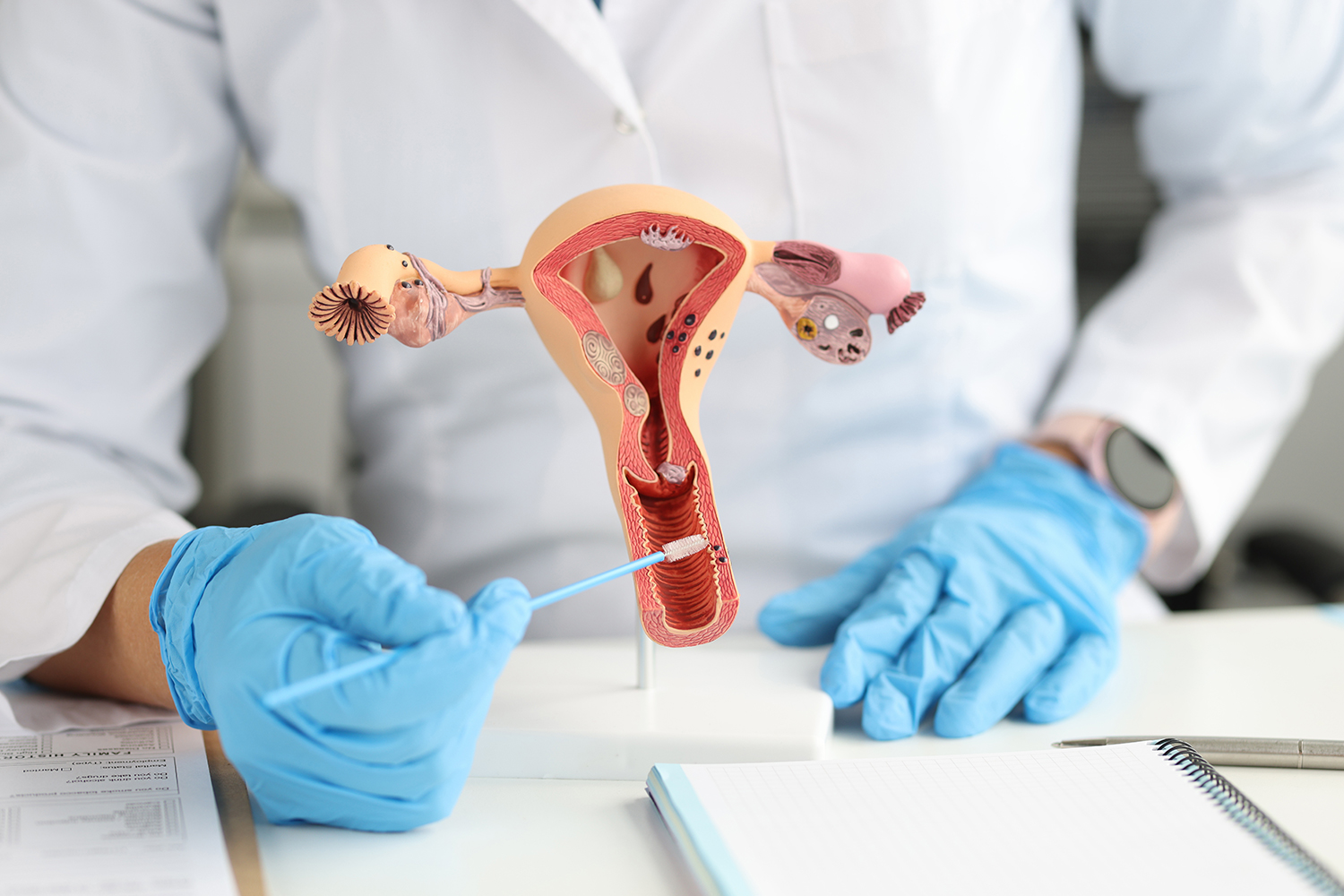Overview
An obstetrician-gynecologist is a healthcare professional who has a specialization in obstetric and gynecology. Obstetrics involves working with pregnant women, including delivering babies whereas gynecology involves the female reproductive system, treating a wide range of conditions including sexually transmitted infections and chronic pain. Providing information via different means can be very fruitful. A great way to share information about OB/GYN is via videos. Videos on OB/GYN are the answer to today’s short attention spans and differences in how people learn. OB/GYN videos educate patients about the diseases and also aim to improve their health by encouraging compliance with medical treatment regimens and promoting healthy lifestyles altogether which can be made easily via the help of simple yet informative videos.
 It’s been seen that patients often misinterpret the information provided by their doctor which results in lethal outcomes. In today’s era, practitioners often assume that their explanations are easy to understand but in reality, it becomes really hard for patients to keep up with the jargon or phrases that doctors often use. Providing Health and disease related information is the responsibility of a doctor before he commences any medical treatment, just to ensure that the patient understands what the procedure is for and the patient agrees to it. The hindrance of providing clear information can easily be solved via Videos which acts as a common bridge between a doctor and their patients. It is proven that Visuals are a more efficient way to convey health or disease related information by a practitioner to their patients.
It’s been seen that patients often misinterpret the information provided by their doctor which results in lethal outcomes. In today’s era, practitioners often assume that their explanations are easy to understand but in reality, it becomes really hard for patients to keep up with the jargon or phrases that doctors often use. Providing Health and disease related information is the responsibility of a doctor before he commences any medical treatment, just to ensure that the patient understands what the procedure is for and the patient agrees to it. The hindrance of providing clear information can easily be solved via Videos which acts as a common bridge between a doctor and their patients. It is proven that Visuals are a more efficient way to convey health or disease related information by a practitioner to their patients.
What is the importance of OB/GYN Videos?
At every stage in a woman’s life, an OB/GYN doctor can provide a wide range of services that meet one’s health needs. Basically, from puberty through her child-bearing years, menopause, and beyond. According to the specialists, the first gynecologic visit should take place between the ages of 13 and 15 years old. The initial visit offers the opportunity for a healthy diagnosis of the patient and her OB/GYN practitioner. When pregnancy occurs and continuation of motherhood is the goal, an OB/GYN monitors for high-risk pregnancy conditions that could affect the mother, the baby, or both. While consultation, it is often seen that the practitioner and the patient tend to be not on the same page, meaning the information that the practitioner provides is often misunderstood by the patients which creates a knowledge barrier between the both. There are many conditions that require an OB/GYN consultant who suggests various procedures in order to treat the same and surgeries if required. Some of the common conditions, procedures, and surgeries are as follows:
- Conditions
- Menstrual Disorder – which generally consists of heavy menstrual bleeding, irregularities of periods, and premenstrual syndrome commonly known as PMS
- Menopause – includes Post-menopausal bleeding, Osteoporosis, and symptomatic treatment done by hormone replacement therapy
- Pelvic Floor Disorders – Pelvic organ prolapse, Urinary incontinence, and Recurrent urinary tract infection.
- General Gynecological Issues – like ovarian cysts, Pelvic pain, Uterine fibroids, Genital tract infections, and Polycystic ovarian syndrome or PCOS
- Procedures and Surgeries
- Hysterectomy – is a procedure to remove the uterus resulting in no pregnancy in the future.
- Fibroid Removal – Fibroids are noncancerous tumors in the muscle of the uterus. Types of Procedure are Laparoscopic Myomectomy and Hysteroscopic Myomectomy
- Ovarian Cyst Removal – it is a process of removing fluid-filled sac that develops on a woman’s ovaries. Ovarian Cyst removal can be done via a process called Laparoscopic Ovarian Cystectomy
- Uterine Polyps Removal – Uterine polyps are noncancerous cells that grow on the inner wall of the uterus and extend to the uterine cavity. This can be done via the procedure Hysteroscopic Polypectomy to remove the polyps from the uterus.
- Hysteroscopic Polypectomy – is a thin lighted viewing instrument (hysteroscope) that is used to see inside the uterus to treat abnormal uterine bleeding and any other abnormalities.
Consultation done via OB/GYN videos about diseases increase patient engagement and knowledge about what can be expected during a medical procedure. Patients feel embarrassed about asking questions like how the procedure will be done, what it will look like, what are the precautions to be taken, why medicine has been prescribed, what side effects to look out for, and what to do if you are experiencing problems. At the time of consultation, important and yet complex medical-related information may take time to understand fully, even for patients with good health literacy.
Good communication with a practitioner makes it more understandable for patients to benefit from their treatment and helps to ensure the best-suited treatment for them which can be done by consulting via OBS/GYN patient education videos.


